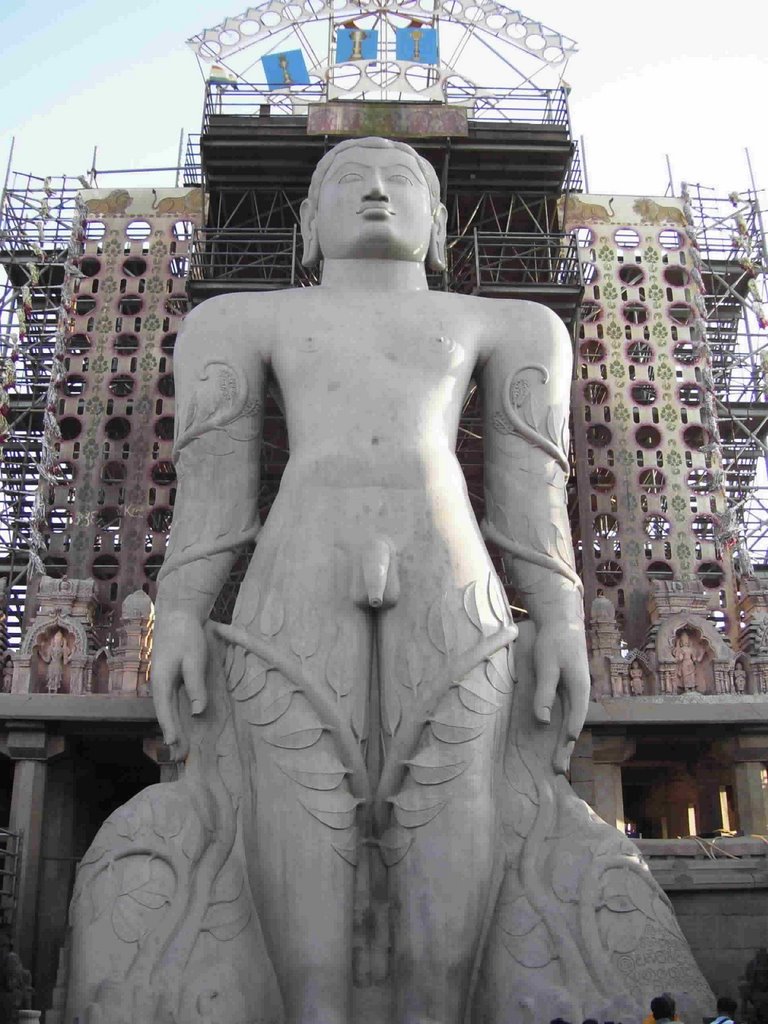I'm not hoping to find anything. Someone recommended meditation to me, and said that Buddhists were non-theists. I looked into it and liked everything I saw about Buddhism, except for the supernatural rebirth stuff.
I can appreciate that.
You may like reading some Eckhart Tolle. Along these lines there is kind of a 'mindfulness meditation', which can be done all during the day.
You basically just practice on being more aware of what is going on within the present moment. No beliefs, no scripts, are involved.
You come to be more aware of physical feelings, like the multifaceted experience of breathing, etc. Also can come a clearer seeing of how thoughts, beliefs, and emotions are just passing cloud-like things, and in no way define your authenticity. In this way one can come to a deeper awareness of ones true and deeper being, by clearly seeing what we are not.
It's not a forced thing, but rather a way of kindness and patience.
Many people have found it to be life-changing.
Good luck.


